The howls of Sami-land
o, as mentioned in the "who are we"-sectioned. Thomas worked as a musher for three years, and met and worked with Jana for the last one. This post is about that place, which will always hold a special place in our hearts. Deep within the forests of Northern Norway, east towards the Russian border, and just next to the Finnish one, lies Karasjok. Named after the local river, this quiet little sami (The indigenous people of northern Scandinavia) village houses the Sami Parlament, a museum dedicated to Sami culture, and Engholm Husky Design Lodge. This idyllic place is the heart-child of Sven Engholm, a Swede, who came here many, many years ago in search of the perfect place to run his dogs. Today the complex consists of a main building and several guest cabins, where people from all over the world can rest between their trips with the dogs in winter, or escape from the mosquitoes in summer. It was here that a younger and clueless Thomas came to work early one summer, and found the place that changed his life.
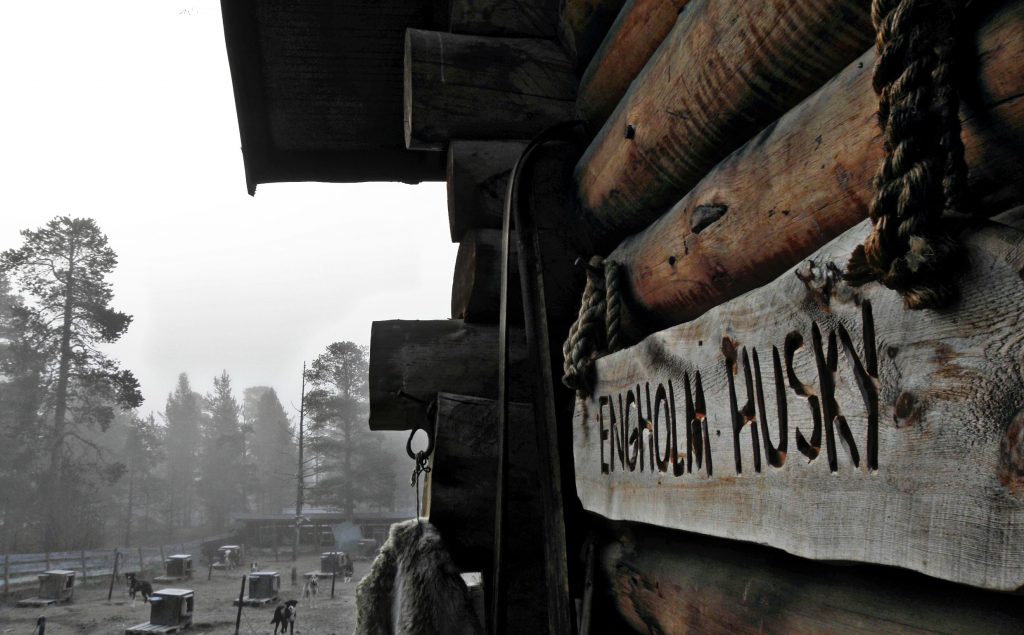
The work here is very diverse. There are few set roles, as everyone helps out where it’s needed, when it’s needed. In summer it’s open for overnight guests with dinner, but the real action is with the puppies! Warning: Cute pictures will appear shortly.
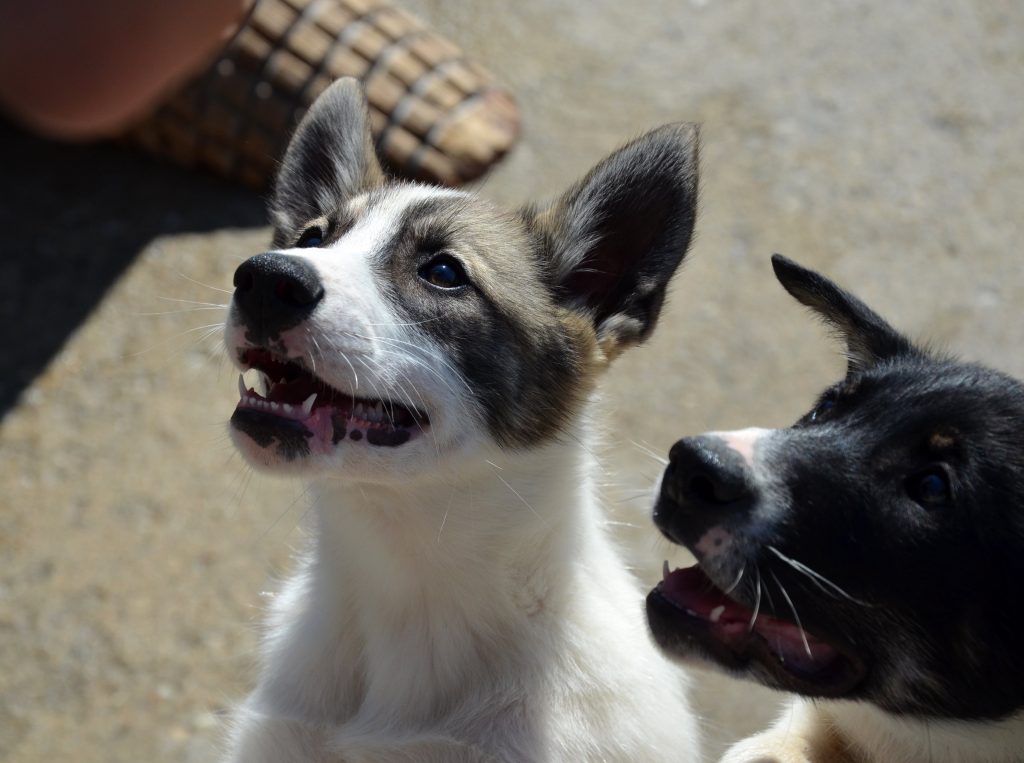
In summer there’s always at least one litter of puppies. Through the year the total yard will consist of around 45 adult, working dogs and anywhere from 5 to 15 puppies. Starting to walk around from they are about 2-3 weeks old, part of the summer chore is feeding, cleaning after and walking these little guys. Always plenty of fun to be had on these trips, and it’s a real treat for guests when they are allowed to come.
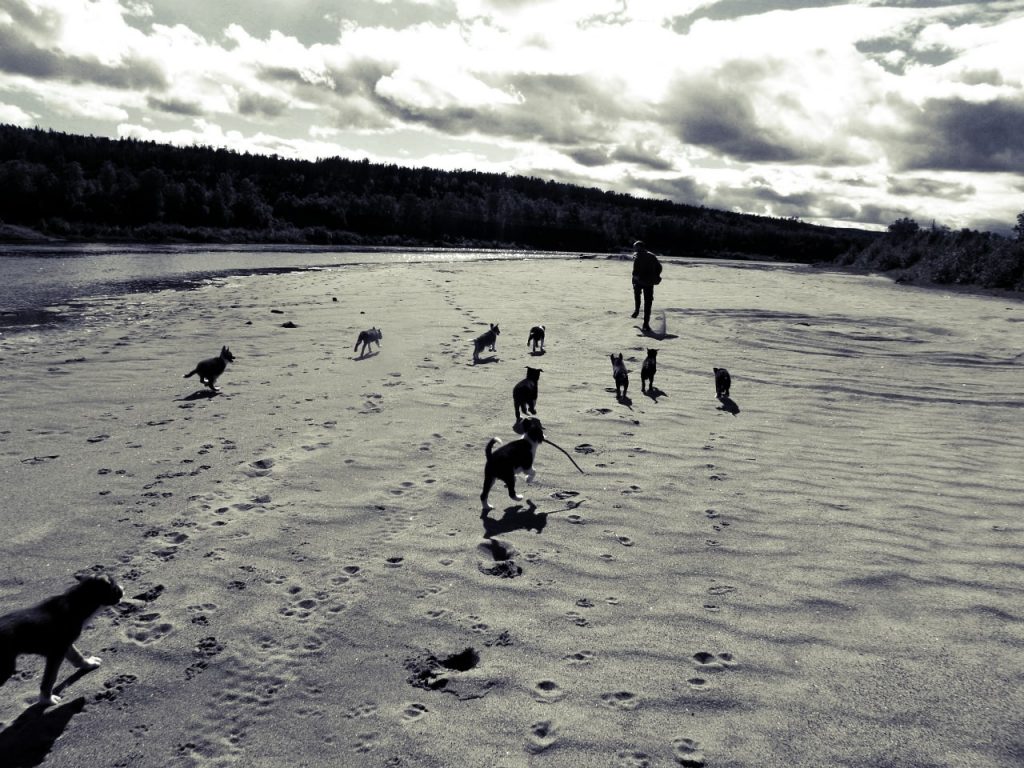
To become proper sleddogs, these guys require a lot of attention in their formative months. The Alaskan Husky is well known for its good mood and friendliness towards people, and it all starts as a puppy. Here, the puppy yard is close to the courtyard, so the guests can talk to them at all times, they are taken for daily walks and fed properly twice a day. It takes a tough heart to be able to walk past these cute critters without stopping.
As for the adults, their summer consists of lounging around in the sun, getting fat-ish, and waiting for winter. Come late July, depending on the weather, their training regime starts. They rotate going to a local lake, living on an island in the middle, and going for a longer walk including swimming twice a day. Life there is very pleasant, living in a Lavvo (sami tent), cooking on an open fire, fishing, cuddling and caring for the dogs. Staff can stay here for up to a week at a time, coming back reeking of wet dog and fire (best perfume there is).
When the temperatures stay below 15 Celsius, it’s time to really start getting the dogs ready for winter. This means almost daily runs, in harness, pulling a quad-bike. Starting easy with 6 km, but quickly increasing as the temperatures drop even more, to 9km and towards the end of autumn 13-16 km for each dog. This is where the dogs shine, and it’s easy even for non-dog people to see the true excitement as the dogs know they are going running again. This really is in their blood.
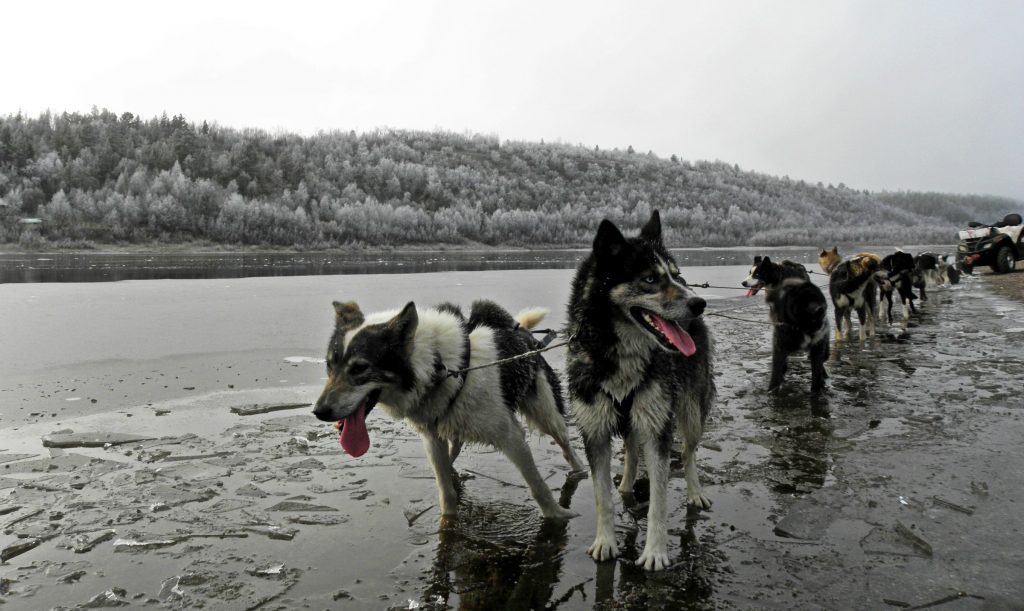
As the days grow shorter, the dogs, and the staff that have been there more than one season, start to tense up more and more. For the keen observer it might seem like they are waiting for something, and he or she would undoubtedly be correct. The first sign of snow is like a light at the end of the tunnel for those bitten by the mushing virus, and the first trip by sled feels like opening a bottle of soda that has been dropped on the ground. Sometimes the dogs will have to be moved to find enough snow, or the river hasn’t frozen properly yet, but no one minds, especially the dogs. No more running in front of a noisy bike…
For those that have tried it, there really is very little that can compare to the silence and utter beauty of gliding through crisp, cold winter landscapes. The only noise coming from the swish of the sled skis and the panting of the dogs. As with everything, some days are a chore, breaking trails through tons of deep snow, or maybe the lack of it (Which ultimately leads to several hours of sled repair in the workshop…). But in between you will get the days where everything is just right. The dogs are keeping good speed by themselves, maybe the sun is out, making the cold contours sparkle like a million diamonds, and for a few hours, peace descends on your mind.
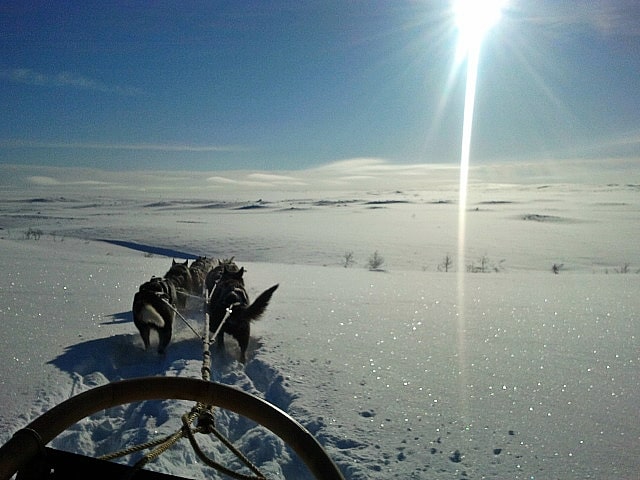
A lot of the work here was made possible by volunteers, who would come for 2-3 months at a time to try their hand at it, and also to better absorb the local culture. And so it was that one summers day, Thomas drives to the local bus station to pick up what turned out to be a rather stunning looking new volunteer. Coming to stay for three months, Jana quickly proved to be capable, strong, quick to learn and eager to work with the dogs. After working her three months, she was offered to stay for the season, and happily said yes. Throughout the autumn, the dogs were trained more and more, moose hides were tanned, lines for the sleds were made, and when winter finally came, we were ready. It was a good season with lots of guests, and many, many nice trips.
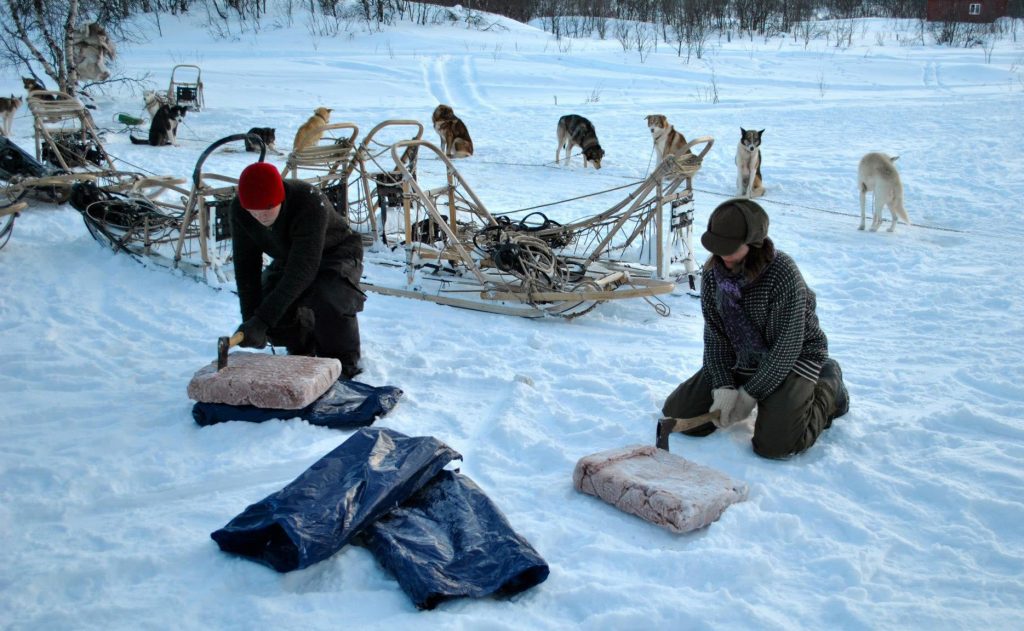
One aspect of life above the Arctic Circle is the light. In summer it’s on all the time, and in autumn and winter there’s almost none of it. And in those dark evenings, many things can happen when you work and live together as closely as in Karasjok, so when Jana left in Spring, memories and pictures was not the only thing she took with her from Engholm Husky. Now, we travel around with three dogs, and live our own Husky life.
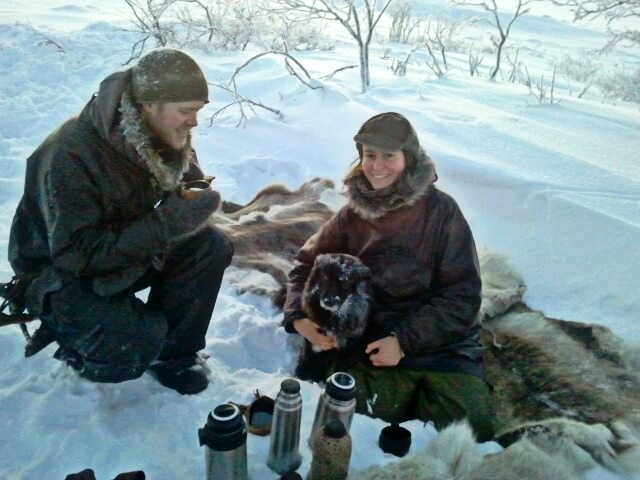
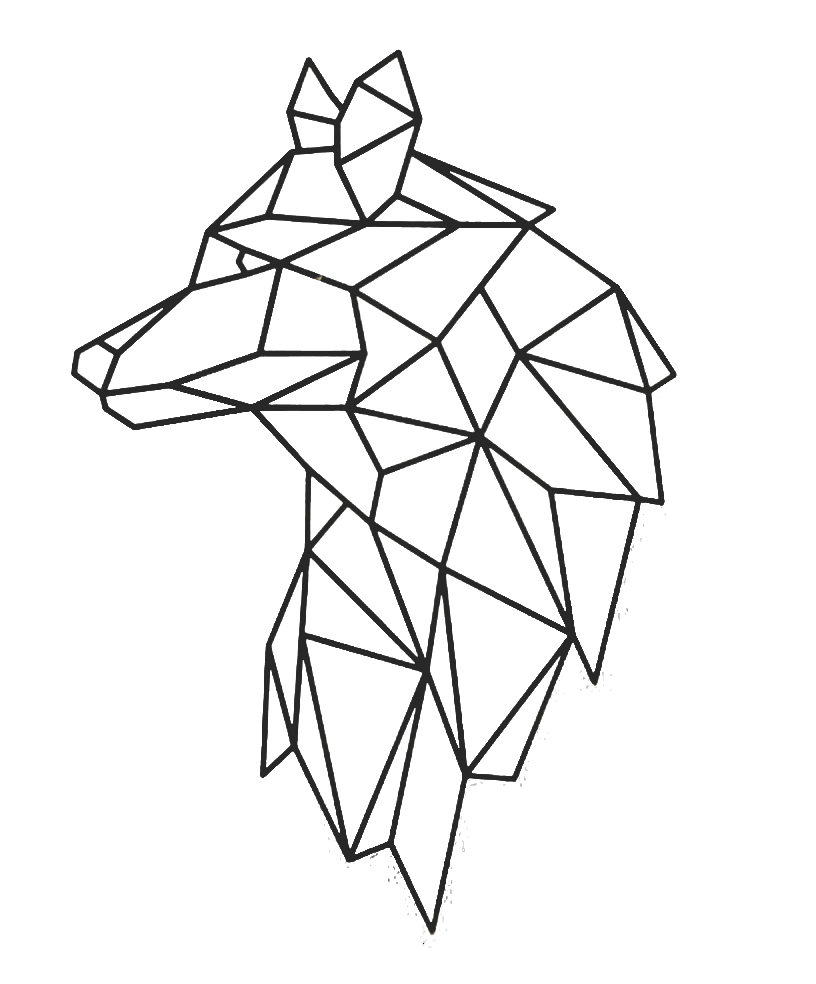

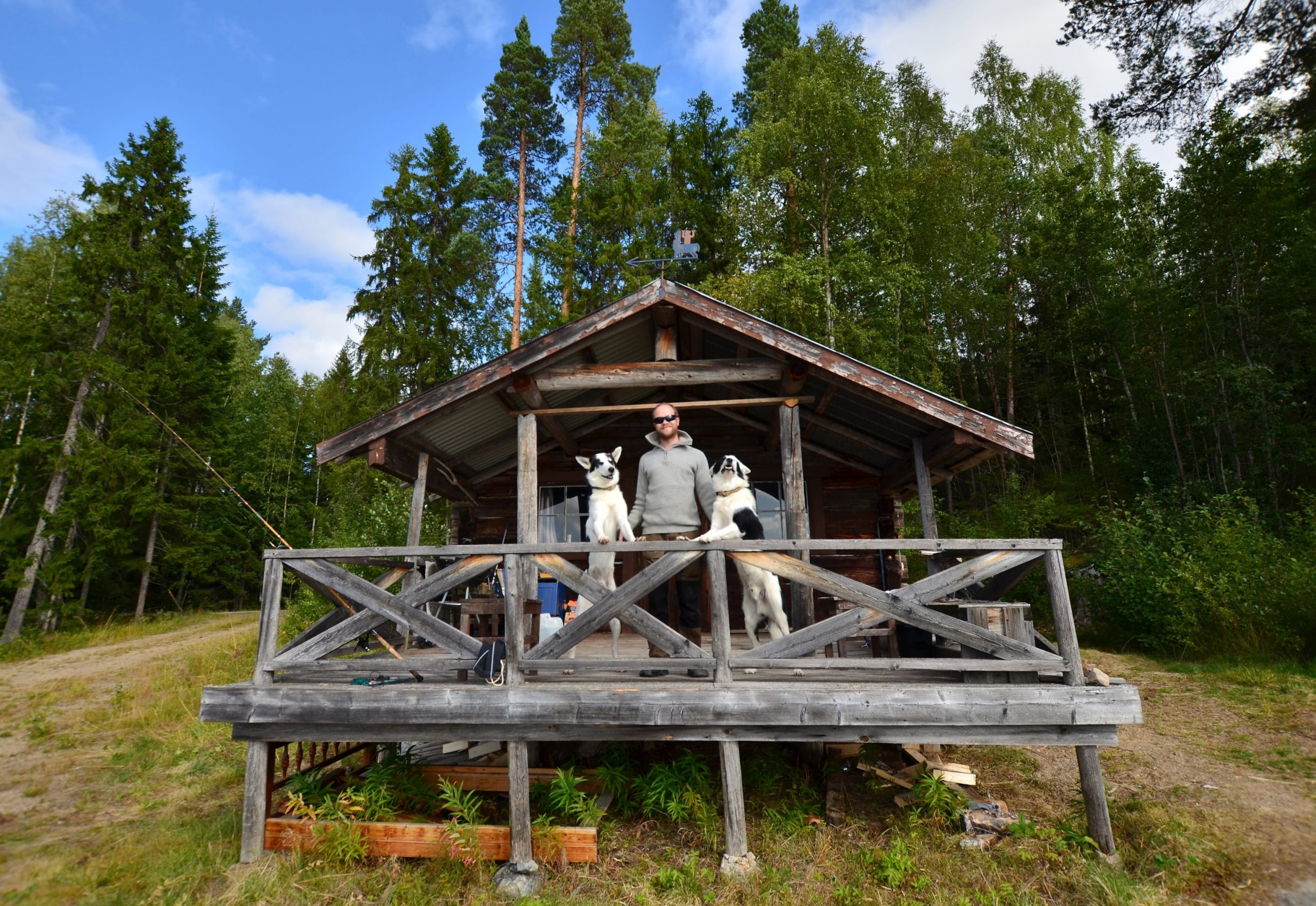
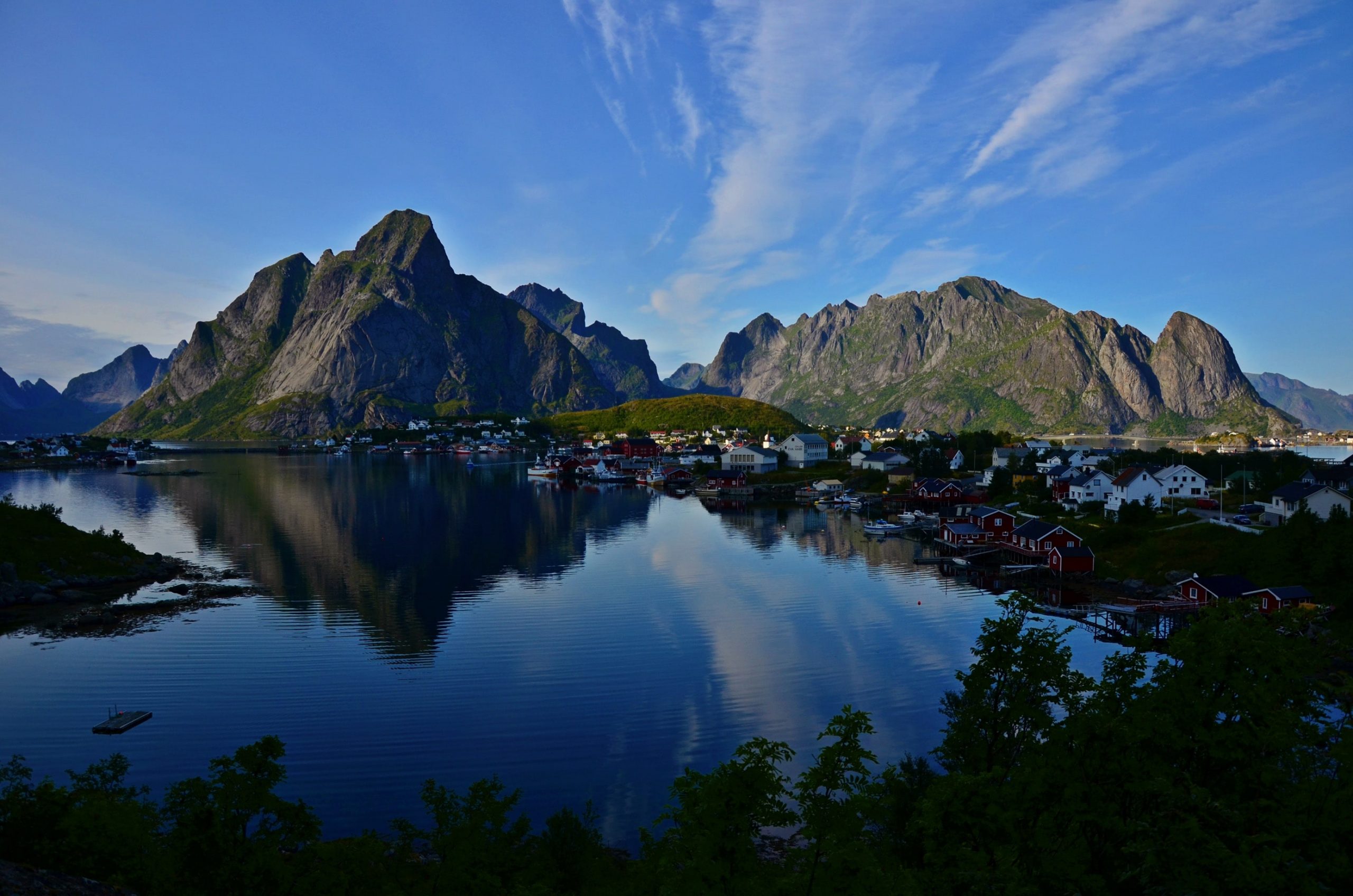
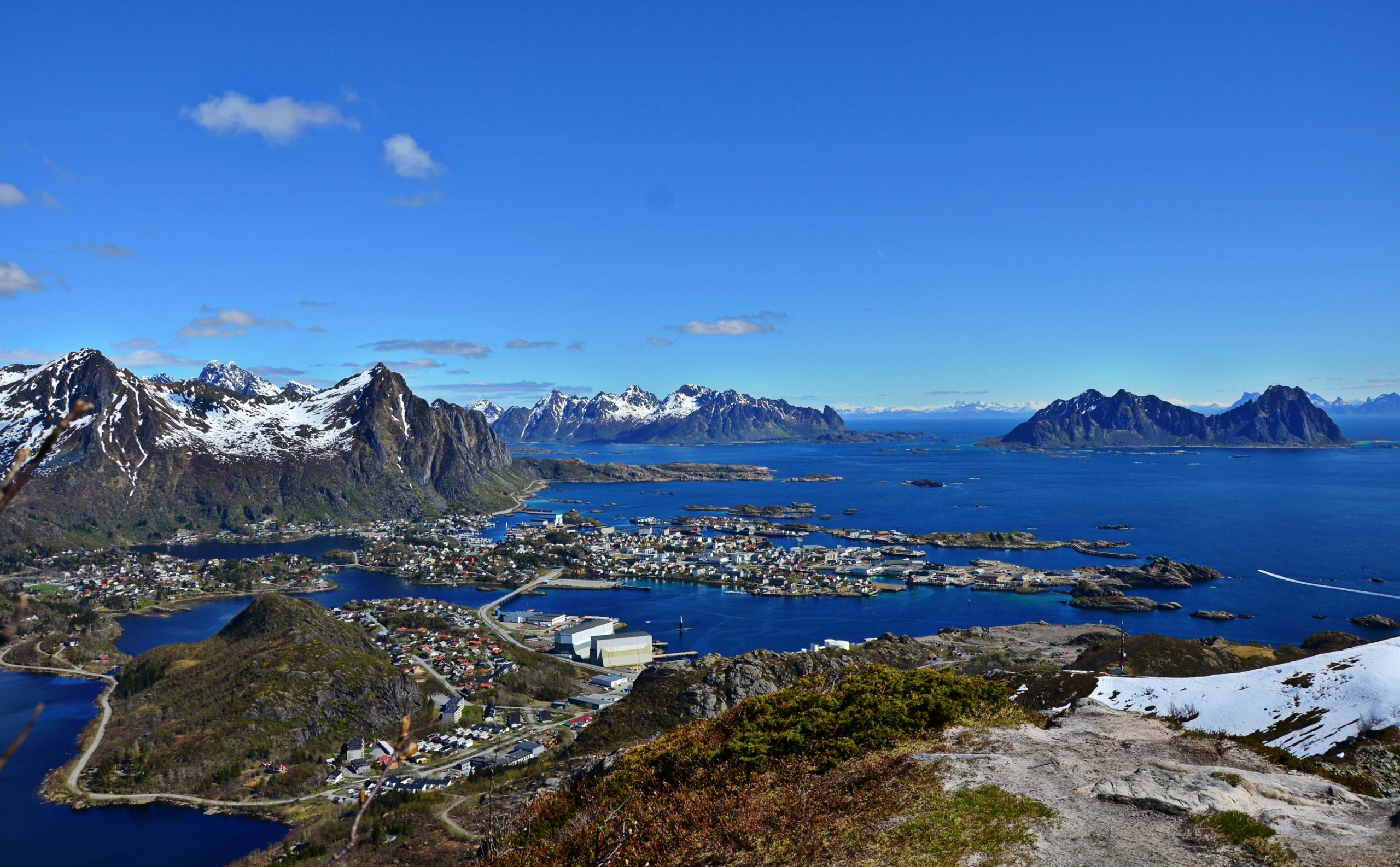
Leave a Reply